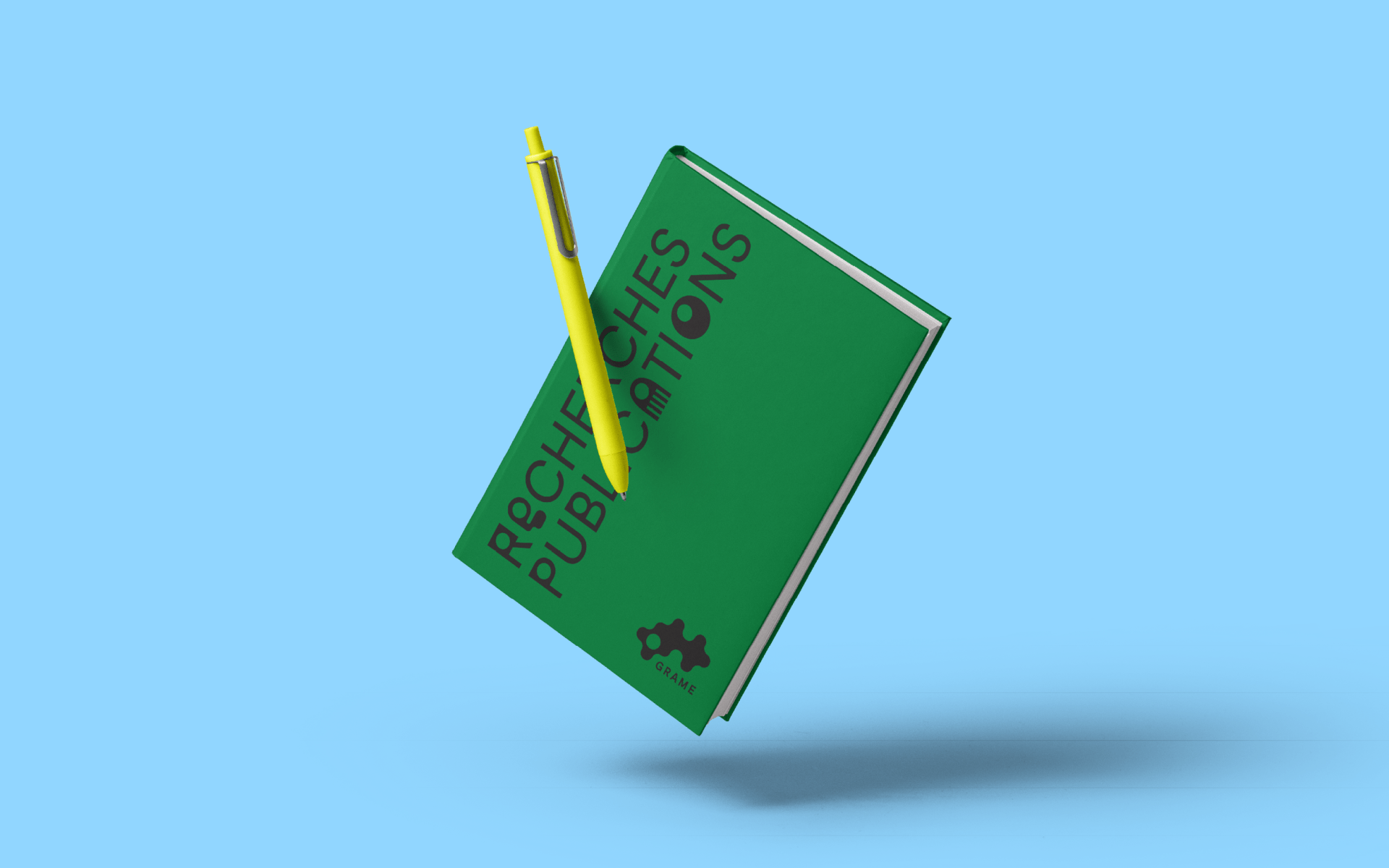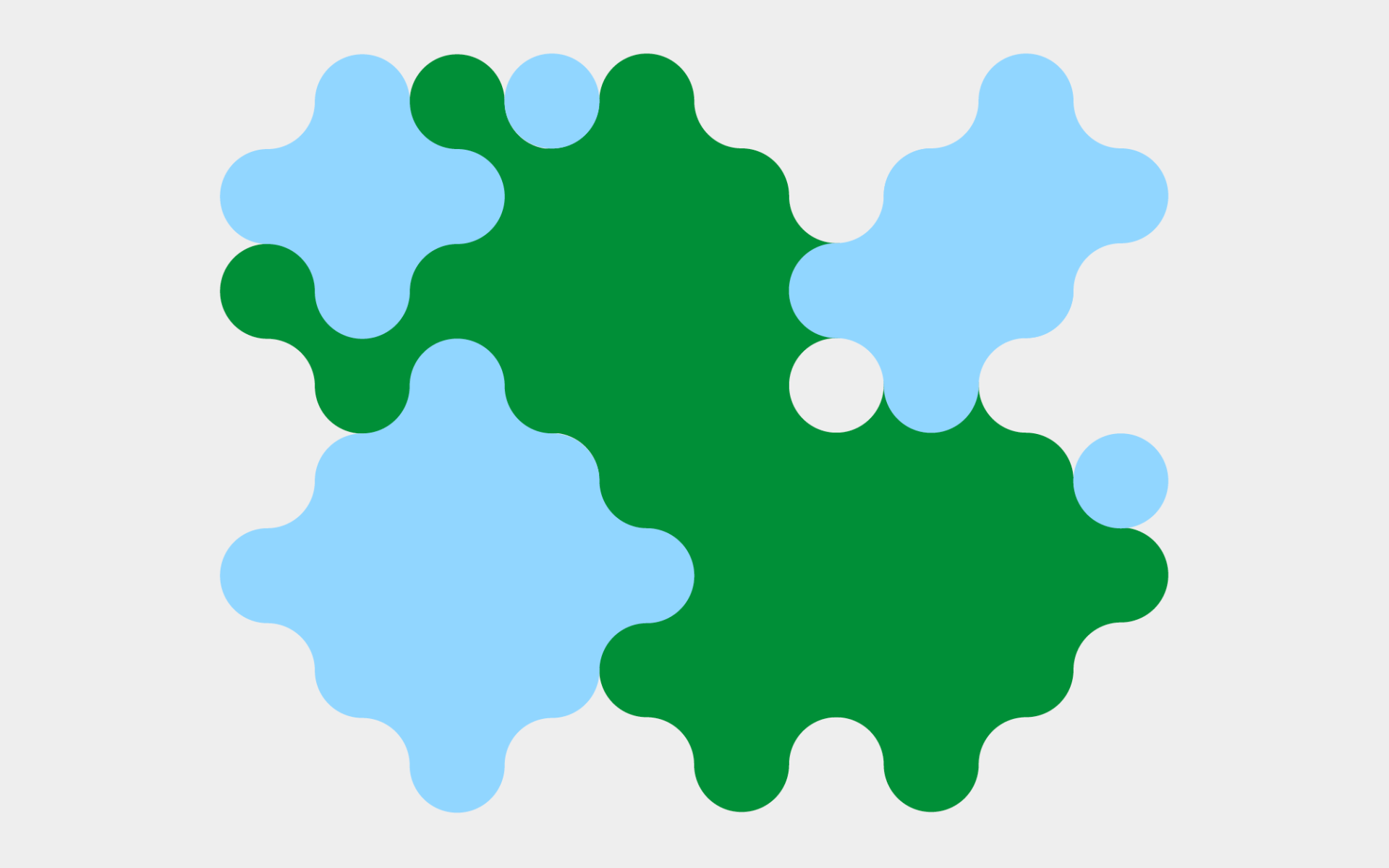

2017
INScore Time Model
INScore is an environment for augmented interactive music score design, oriented towards unconventional uses of music notation, without excluding conventional approaches. In this environment, although all the objects of a score have a temporal dimension, the time remains fixed i.e., the date (or duration) of an object does not change, except when a message is received (sent from an external application or resulting from events handling). Thus, INScore does not... Lire la suite
INScore is an environment for augmented interactive music score design, oriented towards unconventional uses of music notation, without excluding conventional approaches. In this environment, although all the objects of a score have a temporal dimension, the time remains fixed i.e., the date (or duration) of an object does not change, except when a message is received (sent from an external application or resulting from events handling). Thus, INScore does not include a time manager in the classic sense of the term. This choice was based on the fact that the system was originally designed to be used with sound production software (e.g., Max/MSP, Pure Data), that have more strict real-time constraints than INScore's graphical environment. However, the need to introduce dynamic time has gradually emerged, leading to an original model, both continuous and event based. The paper presents this model and its properties in the frame on INScore.
Mots-clés :
Dynamic score, Inscore, Music score, Time model
2016
INScore expressions to compose symbolic scores
INScore is an environment for the design of augmented interactive music scores turned to non-conventional use of music notation. The environment allows arbitrary graphic resources to be used and composed for the music representation. It supports symbolic music notation, described us- ing Guido Music Notation or MusicXML formats. The environment has been extended to provided score level com- position using a set of operators that consistently take scores as argu... Lire la suite
INScore is an environment for the design of augmented interactive music scores turned to non-conventional use of music notation. The environment allows arbitrary graphic resources to be used and composed for the music representation. It supports symbolic music notation, described us- ing Guido Music Notation or MusicXML formats. The environment has been extended to provided score level com- position using a set of operators that consistently take scores as arguments to compute new scores as output. INScore API supports now score expressions both at OSC and at scripting levels. The work is based on a previous research that solved the issues of the notation consistency across scores composition. This paper focuses on the language level and explains the different strategies to evaluate score expressions.
Mots-clés :
Inscore, Interaction, Music score, Score composition
2015
Distributing Music Scores to Mobile Platforms and to the Internet using INScore
Music notation is facing new musical forms such as electronic and/or interactive music, live coding, hybridizations with dance, design, multimedia. It is also facing the migration of musical instruments to gestural and mobile platforms , which poses the question of new scores usages on devices that mostly lack the necessary graphic space to display the music in a traditional setting and approach. Music scores distributed and shared on the Internet start also to... Lire la suite
Music notation is facing new musical forms such as electronic and/or interactive music, live coding, hybridizations with dance, design, multimedia. It is also facing the migration of musical instruments to gestural and mobile platforms , which poses the question of new scores usages on devices that mostly lack the necessary graphic space to display the music in a traditional setting and approach. Music scores distributed and shared on the Internet start also to be the support of innovative musical practices, which raises other issues, notably regarding dynamic and collaborative music scores. This paper introduces some of the perspectives opened by the migration of music scores to mobile platforms and to the Internet and it presents the approach adopted with INScore, an environment for the design of augmented, interactive music scores.
INteractivité dans l'Ecriture De l'Interaction et du Temps
Mots-clés :
Music score, Internet, Network
2014
Providing Music Notation Services over Internet
The GUIDO project gathers a textual format for music representation, a rendering engine operating on this format, and a library providing a high level support for all the services related to the GUIDO format and it's graphic rendering. The project includes now an HTTP server that allows users to access the musical-score-related functions in the API of the GUIDOEngine library via uniform resource identifiers (URIs). This article resumes the core tenants of the R... Lire la suite
The GUIDO project gathers a textual format for music representation, a rendering engine operating on this format, and a library providing a high level support for all the services related to the GUIDO format and it's graphic rendering. The project includes now an HTTP server that allows users to access the musical-score-related functions in the API of the GUIDOEngine library via uniform resource identifiers (URIs). This article resumes the core tenants of the REST architecture on which the GUIDO server is based, going on to explain how the server ports a C/C++ API to the web. It concludes with several examples as well as a discussion of how the REST architecture is well suited to a web-API that serves as a wrapper for another API.
Mots-clés :
Guido, Music score, Restful web service
2012
SCORES LEVEL COMPOSITION BASED ON THE GUIDO MUSIC NOTATION
Based on the Guido Music Notation format, we have developed tools for music score ”composition”, i.e. operators that take scores both as target and arguments of high level transformations, applicable for example to the time domain (e.g. cutting the head or the tail of a score) or to the structural domains (e.g. putting scores in sequence or in parallel). Providing these operations at score level is particularly convenient to express music ideas and to compose t... Lire la suite
Based on the Guido Music Notation format, we have developed tools for music score ”composition”, i.e. operators that take scores both as target and arguments of high level transformations, applicable for example to the time domain (e.g. cutting the head or the tail of a score) or to the structural domains (e.g. putting scores in sequence or in parallel). Providing these operations at score level is particularly convenient to express music ideas and to compose these ideas in an homogeneous representation space. However, scores level composition gives raise to a set of issues related to the music notation consistency. This paper introduces the GUIDO Music Notation format, presents the score com- position operations, the notation issues and a proposal to solve them.
Mots-clés :
Composition, Music score
Segments and Mapping for Scores and Signal Representations
We present a general theoretical framework to describe segments and the different possible mapping that can be established between them. Each segment can be related to different music representations, graphical scores, music signals or gesture signals. This theoretical formalism is general and is compatible with large number of problems found in sound and gesture computing. We describe some examples we developed in interactive score representation, superposed w... Lire la suite
We present a general theoretical framework to describe segments and the different possible mapping that can be established between them. Each segment can be related to different music representations, graphical scores, music signals or gesture signals. This theoretical formalism is general and is compatible with large number of problems found in sound and gesture computing. We describe some examples we developed in interactive score representation, superposed with signal representation, and the description of synchronization between gesture and sound signals.
Mots-clés :
Synchronization, Gesture, Music, Music score
Real-Time Score Notation from Raw MIDI Inputs
This paper describes tools designed and experiments conducted in the context of MIROR, a European project investigating adaptive systems for early childhood music education based on the paradigm of reflexive interaction. In MIROR, music notation is used as the trace of both the user and the system activity, produced from MIDI instruments. The task of displaying such raw MIDI inputs and outputs is difficult as no a priori information is known concerning the unde... Lire la suite
This paper describes tools designed and experiments conducted in the context of MIROR, a European project investigating adaptive systems for early childhood music education based on the paradigm of reflexive interaction. In MIROR, music notation is used as the trace of both the user and the system activity, produced from MIDI instruments. The task of displaying such raw MIDI inputs and outputs is difficult as no a priori information is known concerning the underlying tempo or metrical structure. We describe here a completely automatic processing chain from the raw MIDI input to a fully-fledge music notation. The low level music description is first converted in a score level description and then automatically rendered as a graphic score. The whole process is operating in real-time. The paper describes the various conversion steps and issues, including extensions to support score annotations. The process is validated using about 30,000 musical sequences gathered from MIROR experiments and made available for public use.
Mots-clés :
MIDI, Music score, Real-time